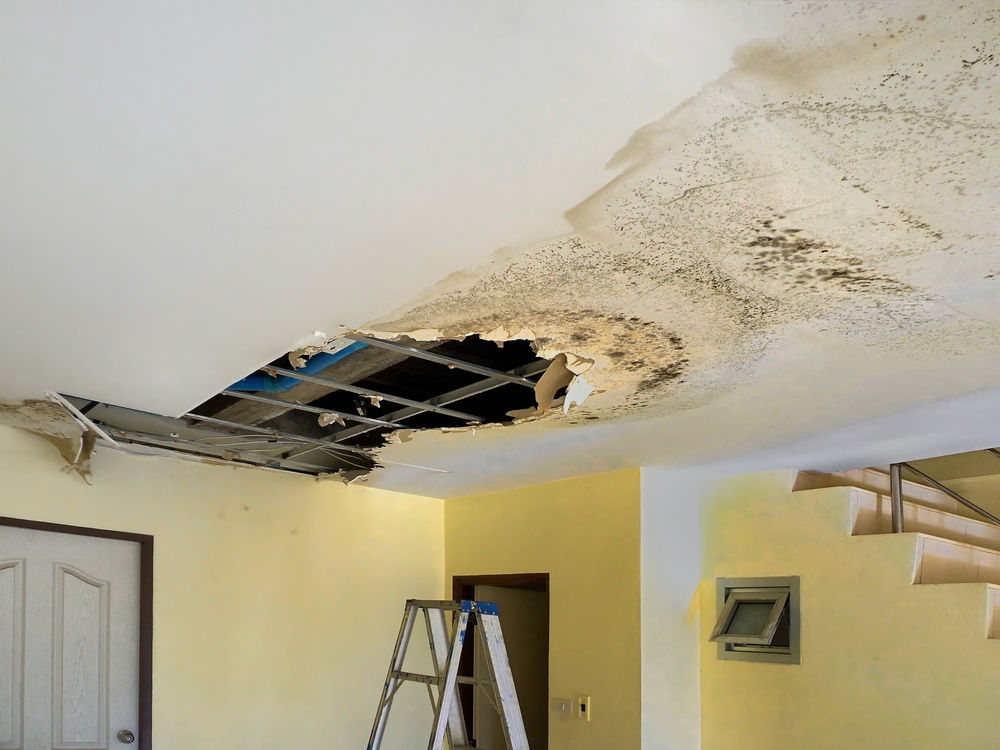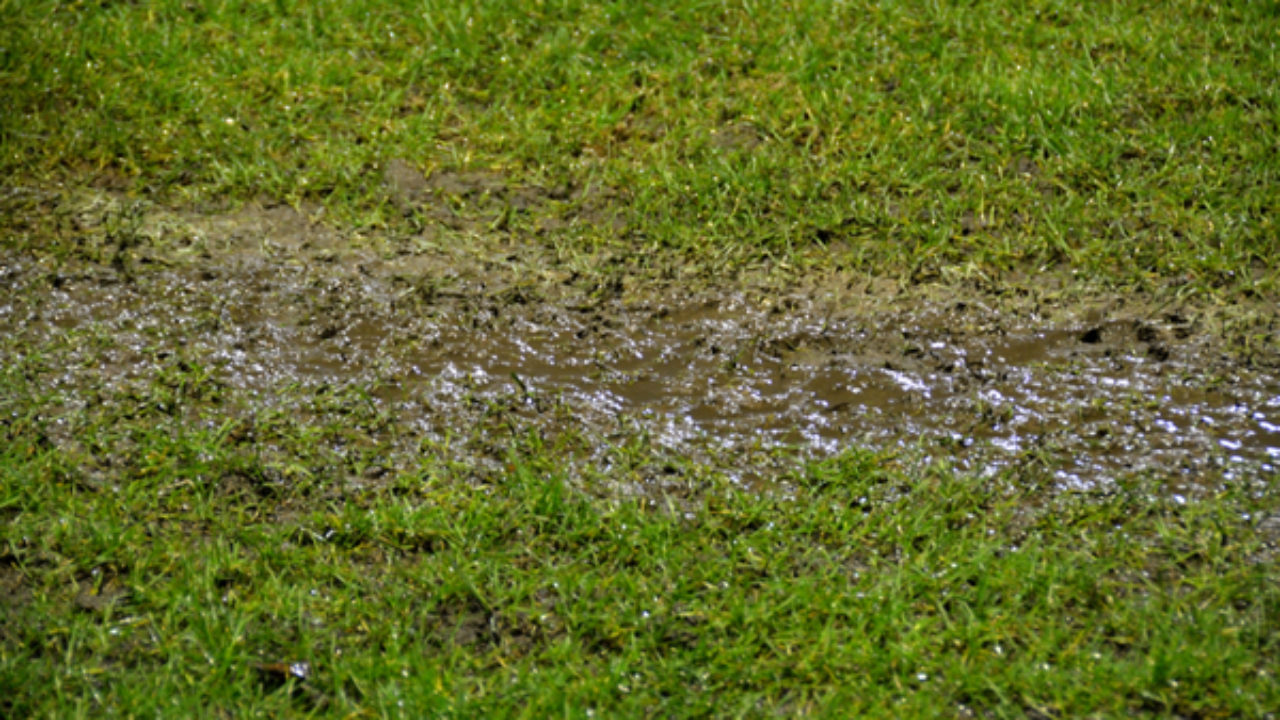Guide To Water Leak Discovery In The House
Guide To Water Leak Discovery In The House
Blog Article
We've noticed this article involving Leaking water lines below on the web and decided it made perfect sense to talk about it with you in this article.

The minute you find a leak, calling your plumber for fixings is the best option. Some tiny water leakages may not be noticeable. If you can not identify it with your nude eyes, below are some hacks that aid.
Early detection of leaking water lines can alleviate a potential catastrophe. Apart from saving you money, it will minimize the worry and irritation.
Examine Water Consumption
Analyze your water costs and track your water consumption. As the one paying it, you ought to discover if there are any type of disparities. If you detect sudden changes, despite your consumption being the same, it implies that you have leaks in your plumbing system. Keep in mind, your water expense must fall under the exact same variety each month. An abrupt spike in your costs suggests a fast-moving leakage.
A consistent boost every month, even with the same behaviors, reveals you have a sluggish leak that's additionally gradually escalating. Call a plumber to thoroughly examine your property, specifically if you feel a warm location on your floor with piping underneath.
Examine the circumstance and check
Property owners should make it a behavior to inspect under the sink counters and also inside cabinets for any kind of bad odor or mold development. These two warnings suggest a leakage so timely attention is needed. Doing routine examinations, even bi-annually, can conserve you from a significant issue.
Check Out the Water Meter
Checking it is a surefire method that assists you uncover leakages. If it relocates, that indicates a fast-moving leak. This implies you might have a slow-moving leakage that can also be below ground.
Asses Outside Lines
Don't forget to inspect your outside water lines as well. Examination faucets by affixing a yard tube. Should water leak out of the connection, you have a loose rubber gasket. Replace this and make sure all links are tight. It will help get it professionally checked out and also kept every year if you have actually got a sprinkler system. One tiny leak can waste tons of water and also increase your water costs.
Do a Food Coloring Test
30% comes from bathrooms when it comes to water consumption. Test to see if they are running properly. Decline flecks of food color in the container and also wait 10 minutes. If the color in some way infiltrates your dish during that time without flushing, there's a leakage between the storage tank and dish.
Much more importantly, if you recognize your home is currently old, keep a watchful eye on your heating systems, pipes, pipes and so on. Look for discolorations as well as weakening as a lot of pipes as well as appliances have a life expectancy. They will certainly likewise naturally wear away due to tear and use. Do not wait for it to escalate if you presume leaking water lines in your plumbing system. Call an expert plumber right now so you do not end up with a horrible mess in your house.
The minute you locate a leakage, calling your plumber for repairs is the finest option. Some little water leakages might not be noticeable. Checking it is a surefire method that assists you uncover leakages. One little leak can lose bunches of water and spike your water bill.
If you think leaking water lines in your plumbing system, don't wait for it to escalate.
How to Know If Your Home Has a Hidden Leak
Water Meter Reveals Inexplicable Water Usage
If you’d like to test whether or not there’s a leak somewhere in your home, you can do this using your water meter. Here is how to conduct the test:
Don’t use any water in your home for at least 30 minutes; this also means not turning on faucets or water-using appliances.
Go outside, and check your water meter for activity.
If your water meter shows that there was activity, even though no one was using any water, this proves that there is a leak in your home.Visible Mold or Mildew Growth
Leaks behind walls create moist, dark environments that allow mold and mildew to grow and thrive. Eventually, you might see mold growth forming on the wall closest to a hidden leak.
If mold is growing in an area that receives a high amount of moisture, such as a bathroom, it may simply be an indication that better ventilation is needed. However, if you see mold growth on a wall or the ceiling in an area where you would not expect, you probably have a hidden leak.
Musty, Mildew Odor
Sometimes you might not be able to see the mold or mildew that is growing as a result of a leak. However, the smell can give the problem away just as easily. If you catch a whiff of something musty, there’s a good chance that old water is collecting somewhere in your home that you can’t see.
Stained/Warped Walls, Ceilings, or Floors
When your home soaks up water, a variety of red flags can become visible, including ceiling stains, bubbling drywall, warped walls, and sagging floors. While these issues can be caused by excess humidity, they can also be signs that a pipe or plumbing connection has started leaking behind your walls.
Inexplicably High Water Bill
After a while, you get a general sense for what your water bill should be. If you own a pool or sprinkler system, your bill will tend to be higher during summer. However, if you receive a water bill that seems especially high, and you can’t figure out what caused it, then you may have a hidden leak somewhere that’s increasing your bill.
https://www.plumbingjoint.com/blog/2019/july/how-to-know-if-your-home-has-a-hidden-leak/

As a reader about Locating water leaks, I assumed sharing that piece of writing was worthwhile. Are you aware of another person who is sincerely interested in the niche? Take a moment to share it. I value reading our article about Top leak detection hacks.
Report this page